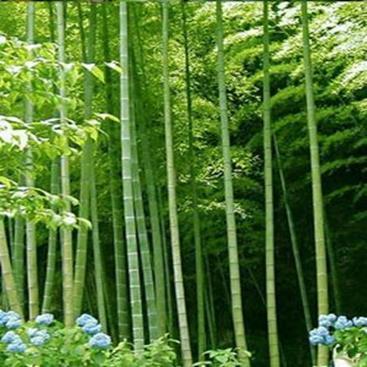
1 minute read
Bamboo architecture in north east india 0
FIGURE 6 GENUS GUADUA FIGURE 5 GENUS PHYLLOSPACHYS

Advertisement

FIGURE 7 GENUS DENDROCALANUS FIGURE 6 GENUS BAMBUSA
BAMBOO ARCHITECTURE IN NORTH EAST INDIA
Broadly bamboo diversity in north eastern region of India occurs in bio-climatic regions such as, i) tropical ii) sub-tropical iii) temperate and iv) alpine type. The zone of tropical type of vegetation occurs from 0 to 300m and comprises of evergreen, semievergreen and grasslands. The bamboo species in this zone are found naturally as well as cultivated. The sub-tropical vegetation zone is found from 300 to 1700m and comprises of moist deciduous,





